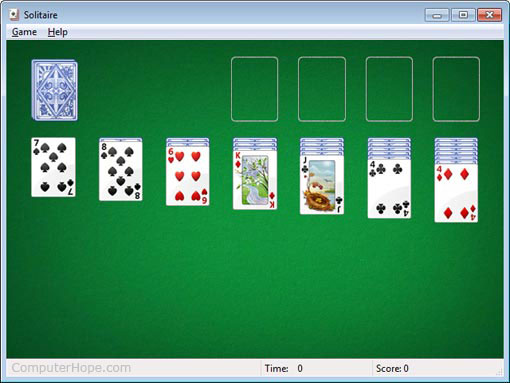
In Win10, click View, then check the box marked Hidden Items. Show hidden files: I generally recommend that you show hidden files all the time, but if you haven’t yet taken off the training wheels, now’s the time. Navigate to C: Look under This PC if you can’t find it immediately. Regardless of which version of Windows you’re using, try this: Sometimes the hidden folder used to store upgrades (both Win7-to-Win10 and Win10 version-to-version) can get corrupted. If the Troubleshooter doesn’t catch the problem, there’s one more general trick you should try. Click Close, and the Troubleshooter disappears. To see the results of the scan, click the link to View detailed information. If it encounters any problems, it will fix them automatically. The Troubleshooter will take a minute or two to scan your update files and settings. InfoWorldĬlick on the Advanced link, then click Run as Administrator. Double-click on it and you’ll see the Troubleshooter (see screenshot below). The downloaded file is called latestwu.diagcab.

Go to the Windows Update Troubleshooter page and download the Troubleshooter for your version of Windows. In my experience, they don’t work all that frequently, but they’re easy to use and if you’re lucky can save you a lot of headache. If you can’t figure out what’s wrong with your machine – that is, why an update doesn’t take – you should start with Microsoft’s downloadable troubleshooters. You’d be surprised how often an install will go through the second time, once your machine sheds its odd peripherals.

Windows 10 has been out for 18 months and many of you – some grudgingly, perhaps – have decided to upgrade.


 0 kommentar(er)
0 kommentar(er)
